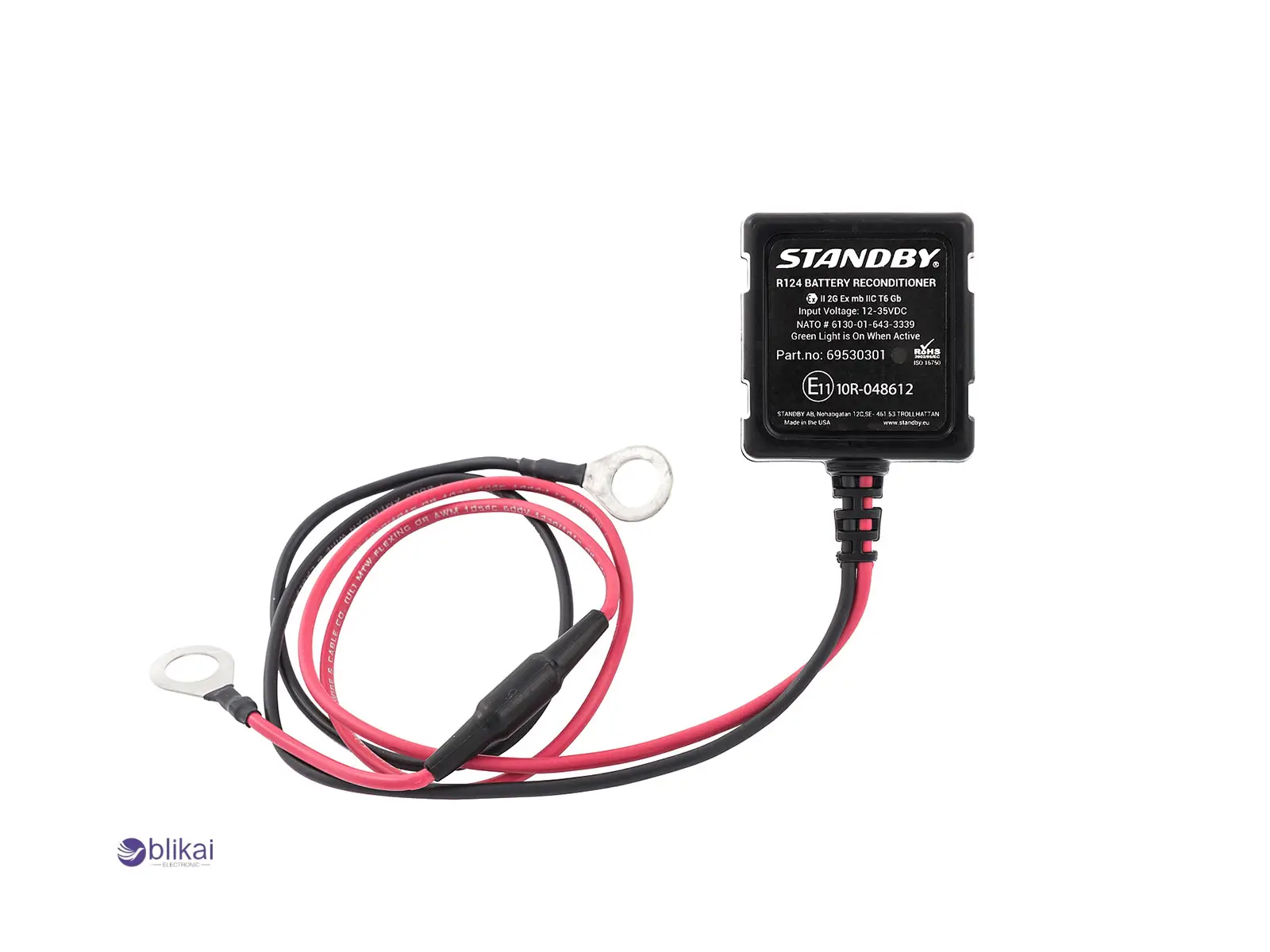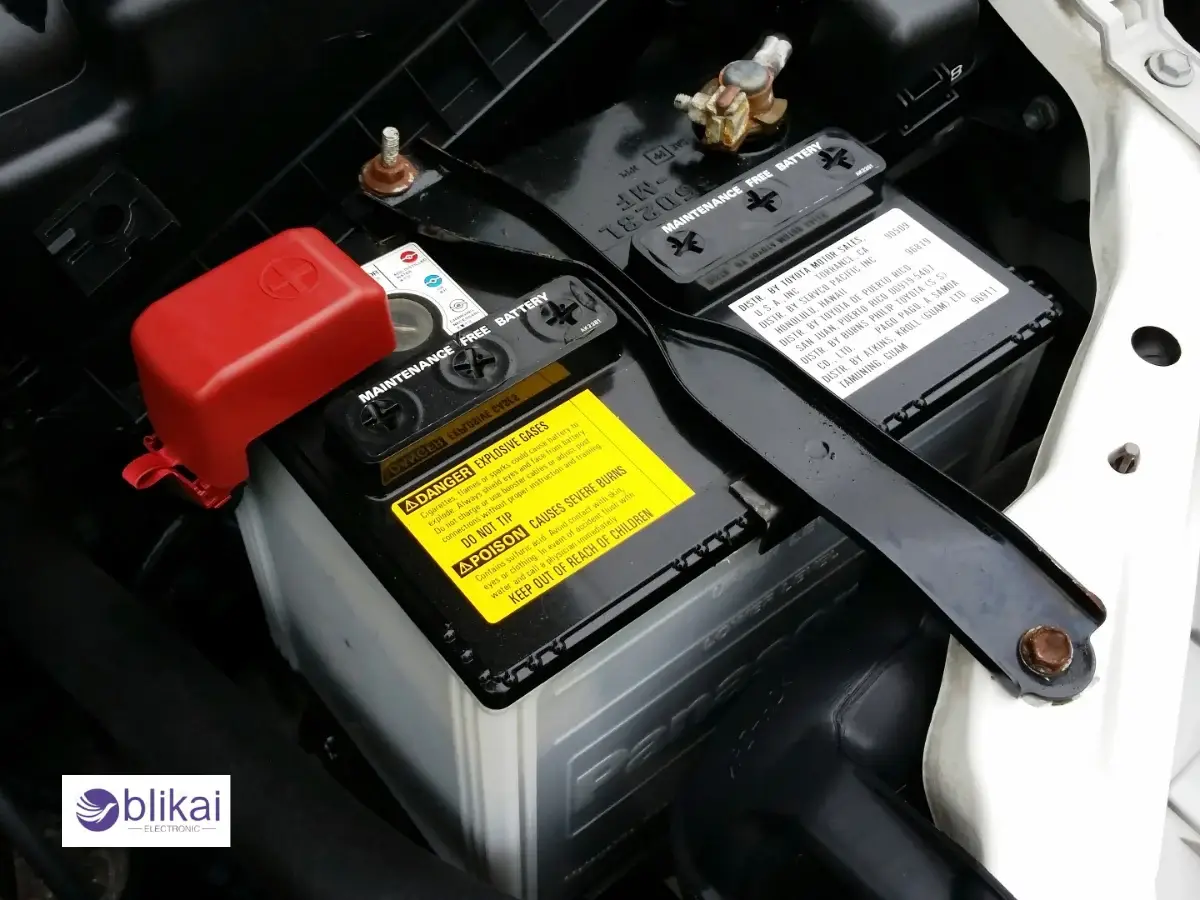How Battery Reconditioners Work to Restore Old Batteries
What Is a Battery Reconditioner?
A battery reconditioner is a special tool that can be used to reverse the aging process in old or damaged batteries to get them back to serving their purposes. A reconditioner does not just charge the battery, but actually dissolves the sulfates deposited on the battery plates, and this is one of the primary reasons why the battery is not running well. This is one of the main reasons why many people purchase reconditioned batteries. Battery reconditioners may be applied to automotive, marine and backup power batteries, and may offer a cheaper and eco-friendly alternative to the sometimes costly replacement of a battery.

Difference Between a Battery Charger and a Reconditioner
Both kinds of battery chargers and battery reconditioners are used differently, and they have diversified ways of operation, although both are used to maintain and recover the performance of a battery.
Battery Charger
A charger battery only restores power in a battery by charging it with electricity. Chargers are used to perform the normal maintenance of the rechargeable batteries, and they include the lithium-ion-based batteries, lead-acid-based batteries and nickel-based batteries.
Battery Reconditioner
A battery reconditioner does not just recharge a battery. It is used to revitalize the original performance of the battery and to overcome the degradation or the formation of crystals in some types of batteries (such as lead-acid or nickel-cadmium). Reconditioning is actually a process of desulfation that enables prolonging the life of the battery by enabling it to hold more charge and perform better with time.
How Does a Battery Reconditioner Work?
A battery reconditioner is a gadget that works under the mechanism of restoring a fallen or damaged battery to a chemical equilibrium. Due to internal sulfation, oxidation or unevenly distributed charges, the efficiency of the battery decreases with time. The reconditioner transfers the electrical impulses or voltage cycles into the battery, which disperses these dangerous accumulations. It works slowly to enhance the conductivity between the plates of the battery and the electrolyte, to have cells in a better position to store and deliver power. Many of the so-called dead or weak batteries can be reconditioned by rejuvenating the internal components instead of simply recharging their batteries, and this will save the users a fortune and will help to reduce the waste generated.
Step-by-Step Explanation of the Reconditioning Process
The reconditioning process will typically be initiated by a diagnostic test that will test the battery, voltage condition and internal resistance. Upon meeting the safety requirements to be reconditioned, the device will enter a slow discharge process, which will empty the rest of the energy to reset the charge memory of the battery. It then undertakes a controlled recharging process and puts intermittent voltage pulses on the cells to eliminate sulfate and achieve cell balance. Some reconditioners have a desulfation mode, which utilizes higher-frequency pulses to melt off tenacious crystal deposits. Once a number of charge and discharge cycles have been completed, this battery is tested once more to ensure that battery capacity and performance have been regained to acceptable levels.
Key Technologies Involved
Present-day battery reconditioners utilize a blend of high technologies to produce effective remediation. The most important of them is desulfation, which eliminates sulfate crystals formed on the battery plates after some time, one of the main causes of capacity decay. The other thing of note is voltage cycling- this is whereby the battery is charged and discharged a number of times to re-establish the chemical balance within each cell. Pulse charging is based on quick bursts of power rather than a constant flow, dividing crystal formation more effectively without heating the battery. All these technologies combined can be used to provide a second life to old-fashioned batteries, enhance their energy storage, and increase the lifespan of their functioning.
Types of Batteries That Can Be Reconditioned
The ability to recondition a battery is very important in the internal degradation process, as well as the chemistry of a battery. Lead-acid and nickel-based (NiMH and NiCd) batteries would make excellent choices for reconditioning applications. Gel or AGM batteries might also be suitable depending on their individual applications.
Lead-Acid Batteries
The lead-acid battery is the most common battery that undergoes the reconditioning process because it becomes depleted primarily via a chemical reaction called sulfation or deposition of lead sulfate crystals on the battery plates. This process can be inverted using a battery reconditioner, which uses desulfation pulses to rehabilitate the plates and enable them to receive and conduct energy effectively.
NiMH and NiCd Rechargeable Batteries
NiMH and NiCd nickel-based batteries are also able to react to battery reconditioning. The greatest problem of these rechargeable batteries is the so-called memory effect, which predisposes batteries not to be able to maintain the ability to store a full charge over time due to not being completely charged at any given time. A battery reconditioner is a gadget that recharges these batteries, performs controlled recharge cycles, resets the memory, and adjusts the chemical makeup of individual cells.
Limitations with Lithium-Ion Batteries
Li-ion batteries cannot often be fully reconditioned. The reason is that they have an internal structure and an integrated battery management system (BMS) that makes access to individual cells impossible, to allow desulfation or voltage cycling. Lithium-ion battery size reductions typically result from chemical issues (decomposition or corrosion of electrolyte and electrode) that cannot be corrected through reconditioning.

How to Use a Battery Reconditioner
Step 1: Assemble Necessary Tools and Safety Gear
- Equipment: Battery Reconditioner, Insulated Cables, Multimeter, Cleaning Brush and Baking Soda, as well as Water for testing purposes on nonconductive surfaces.
- Protective Equipment: Safety uniform and goggles, as well as gloves.
- Environment: Open area, not one near combustibles.
Step 2: Check and Clean Battery
- Please take out the battery of its device or vehicle.
- Test whether there is any apparent damage, leakage, cracks, or swelling. Never refurbish faulty batteries.
- Wipe terminals with a baking soda and water mixture with the brush to clean up corrosion.
- Clean the battery before placing it into the reconditioner.
Step 3: Connect the Battery Reconditioner
- Create the positive plus and the negative minus.
- Make sure that the reconditioner is interconnected with wires in their respective places, the positive and the negative wire.
- Check connections twice to eliminate short circuiting or damage to devices.
Step 4: Select the Appropriate Mode
- The majority of battery reconditioners provide options of lead-acid and NiMH or NiCd-based batteries.
- Choose the correct mode based on your battery type.
- Some reconditioners allow selection of desulfation or pulse charging cycles.
Step 5: Start the Reconditioning Process
- Start with a low rate of charge to balance the battery voltage.
- Activate desulfation or pulse charging if available. The cycles have applications in the dissolution of sulfation crystals and the rehabilitation of capacity.
- The cycle typically lasts several hours, depending on the condition of the battery.
Step 6: Retest the Battery After Reconditioning
- Once the cycle is complete, use a multimeter to measure voltage and confirm restoration.
- Optionally, perform a load test to ensure the battery can deliver consistent power.
- Where the battery fails to perform as expected, recycle or replace the battery in case it cannot be restored.
Conclusion
Battery rebranding is one feasible and viable method of prolonging the life of different kinds of batteries, especially the lead-acid and nickel-based ones. With special reconditioners, a user of the battery can restore the chemical balance in the aging or deteriorated battery and reverse problems such as sulfation and the memory effect. With further development of battery technology, it is possible to take advantage of battery reconditioning as a way to extract the best out of the power sources that a user has and encourage a more environmentally friendly approach to battery maintenance.
FAQs
How long does it take to recondition a battery?
Reconditioning may take the following hours based on the state of the battery. Every discharging cycle can take 3-8 hours.
Is it safe to use a battery reconditioner at home?
Yes, and, on condition of taking good precautions in the sense of using gloves, goggles, and looking at the battery to understand whether it is not damaged or not before renewing the condition.
Some images are sourced online. Please contact us for removal if any copyright concerns arise.
What Is a Battery Tender? Complete Beginner’s Guide
SLA Battery: Guide to Sealed Lead-Acid
LR03 Battery Explained: Applications, Specs & Alternatives
CR3032 Battery: Specs, Applications & Comparisons Explained
CR1025 Battery: Specs, Replacements & Common Applications
4680 Battery Explained: Next-Gen Power Cell
26650 Battery vs 18650 Battery: Key Differences
All About the 96R Battery: Applications, Maintenance & Safety Tips
18500 Battery: Features, Applications & Comparison
L1131 Battery Equivalent: Features & Applications










